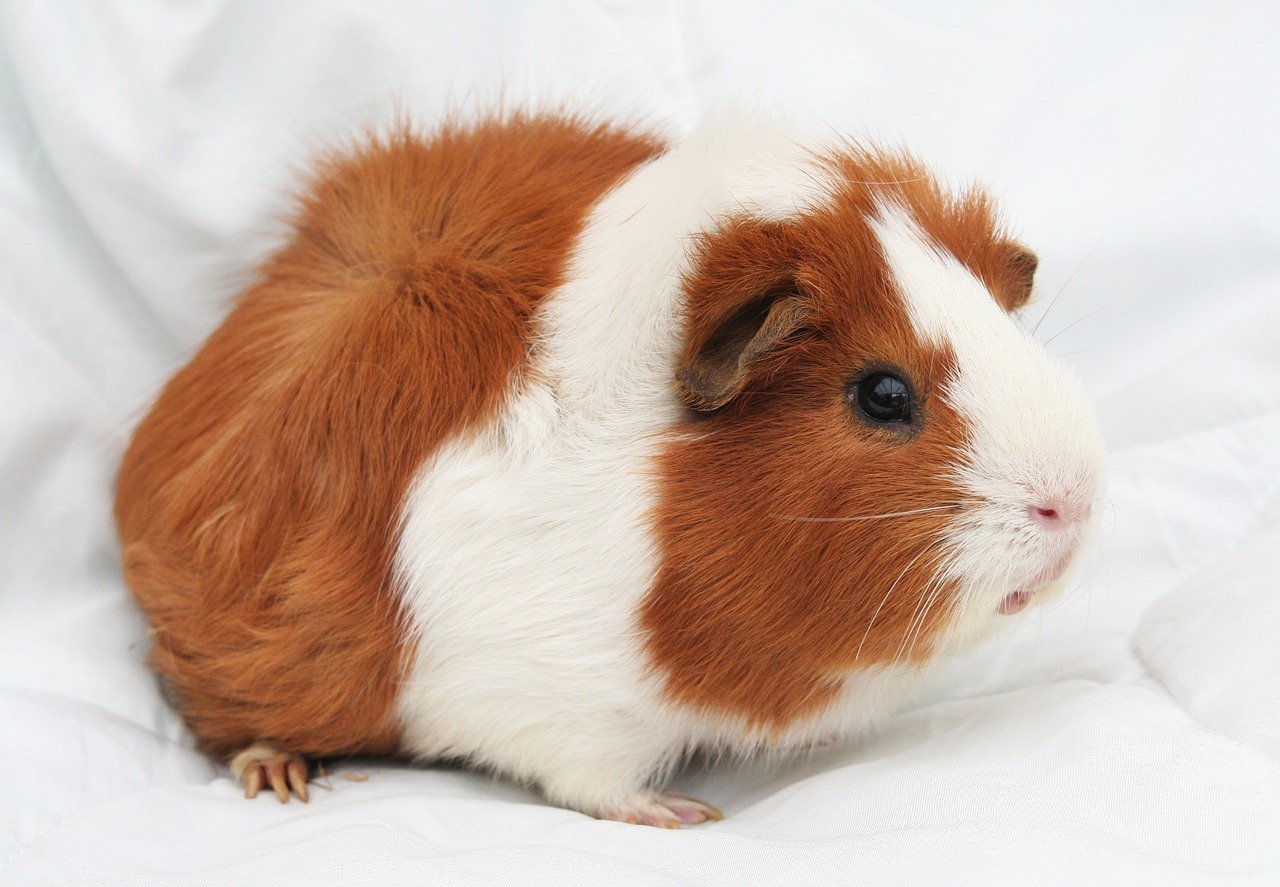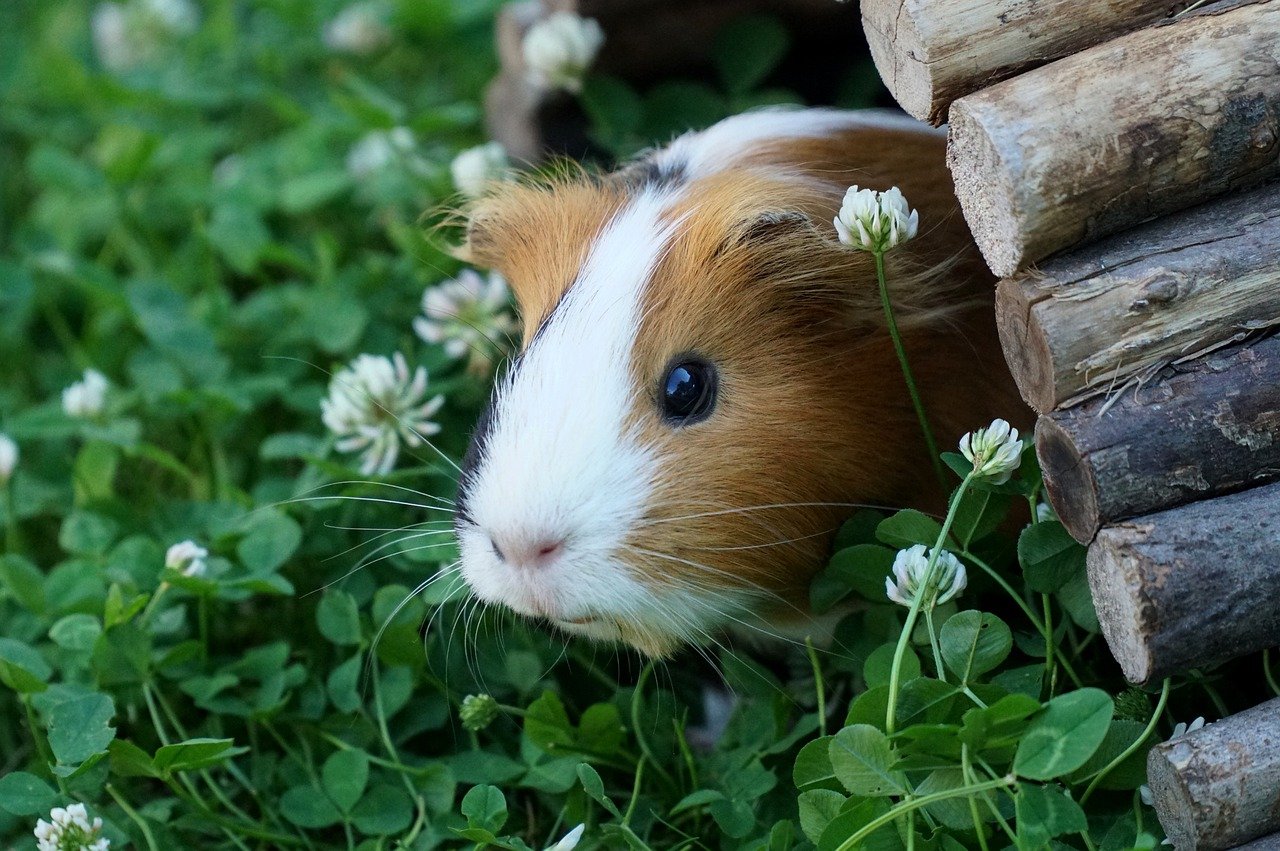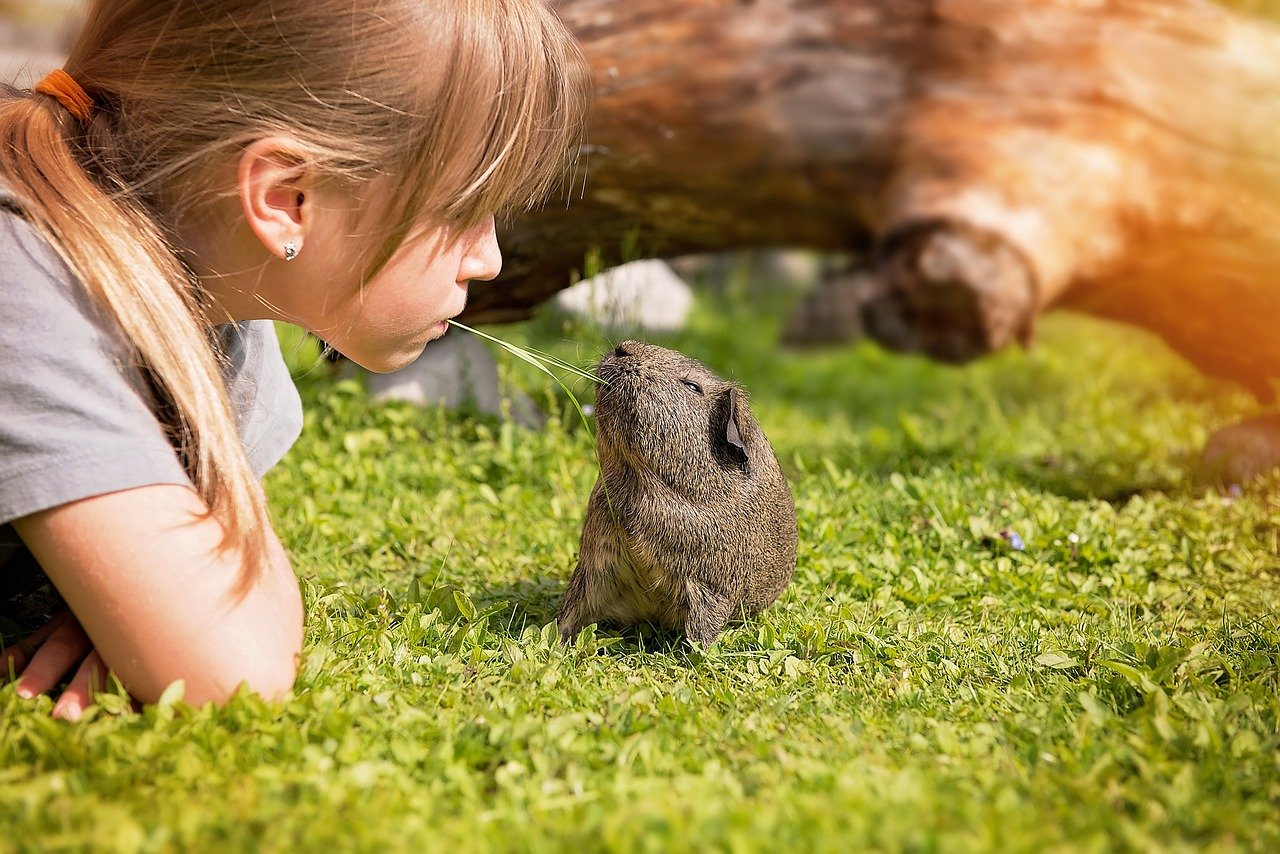If you keep a close eye on your beloved guinea pigs, you will notice how "chatty" these sociable rodents are.
The varied (social) behavior is shown by the animals in larger and mixed-gender groups. There is a complex, hierarchical social system within the association and the genders. Unlike many other social mammals, guinea pigs do not groom each other and usually do not cuddle with each other. The everyday life of the group is mainly determined by the most diverse vocalizations.

Hear between the tones
Guinea pigs can use a wide variety of sounds to express whether they are feeling good or whether they are afraid or want to give a warning. If you as the owner can interpret these sounds correctly, you can best meet the needs of your guinea pigs.
- Humming: When a male is courting a female in heat, he makes humming or cooing noises. The buck moves slowly, rocking, usually slightly sideways with its head lowered and the hair on the back of its neck raised, towards the female. This advertising behavior is also called "rumba".
- Squeak: Hatchlings squeak when calling for their mother. Older animals also sometimes utter this lamentation.
- Grunts: Guinea pigs grunt in a friendly manner when greeting other members of their species.
- Chuckling: Guinea pigs, feeling very comfortable, will chuckle and mumble contentedly to themselves.
- Cooing : With this vocalization, the rodents try to calm each other down.
- Whistles: In case of danger, the animals warn each other with a loud, choppy whistle, whereupon the other group members hide in their burrows .

- Squeaking, demanding: Guinea pigs begging for food squeak loudly and demandingly. The animals recognize certain sounds, such as the rustling of a bag or the opening of a cupboard door, which they associate with feeding something tasty . They then squeak loudly in anticipation of the treat.
- Squeak, high-pitched: A high-pitched squeak is a sign of fear, pain, or severe discomfort. You should take these sounds seriously, as they could also indicate an illness.
- Tooth chattering: Loud chattering of teeth serves as a show-off and warning sound in the case of differences in rank.
- Chirping: This sound resembles a bird's chirping and is emitted in a rhythmic sequence when the animals are tense, for example due to differences in hierarchy or when they are frightened.
It takes a bit of practice to distinguish the individual sounds. Have fun practicing!










